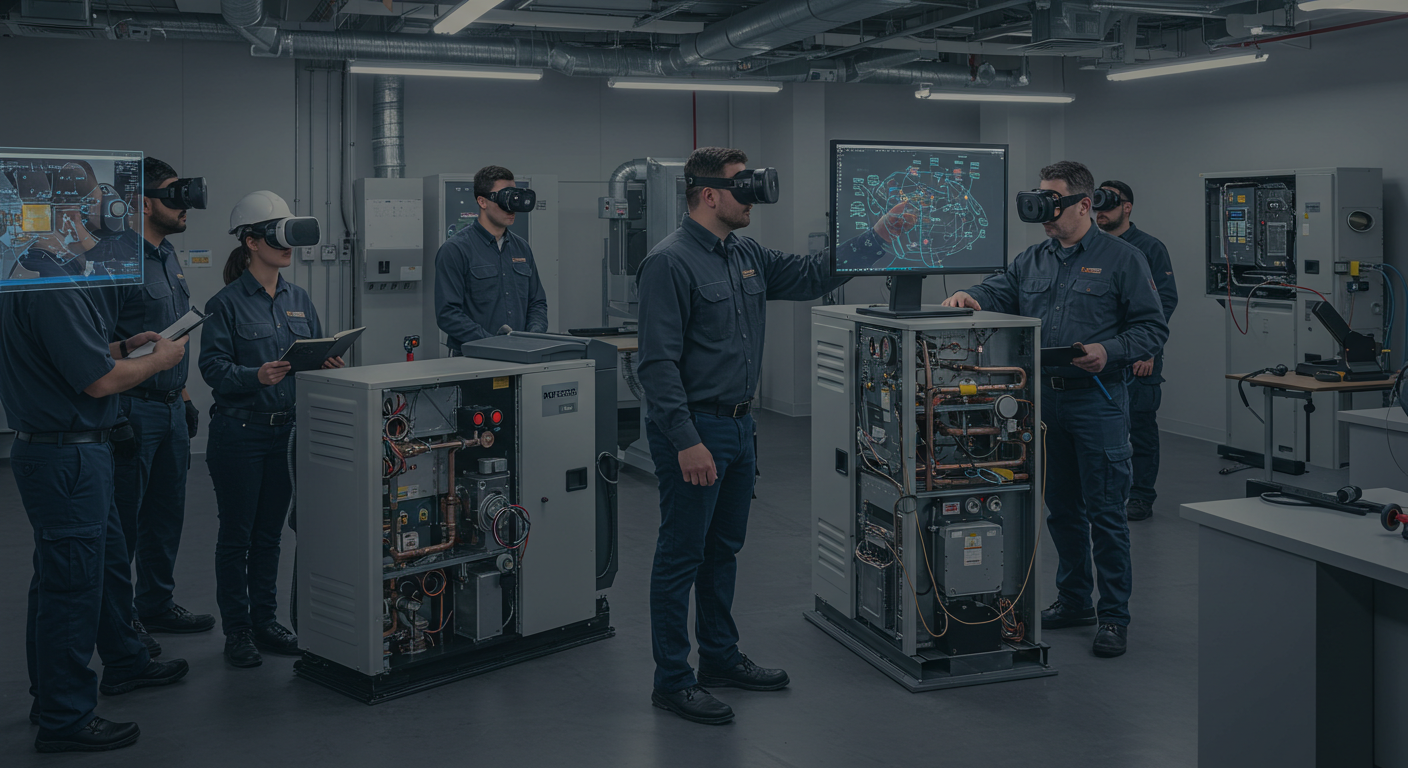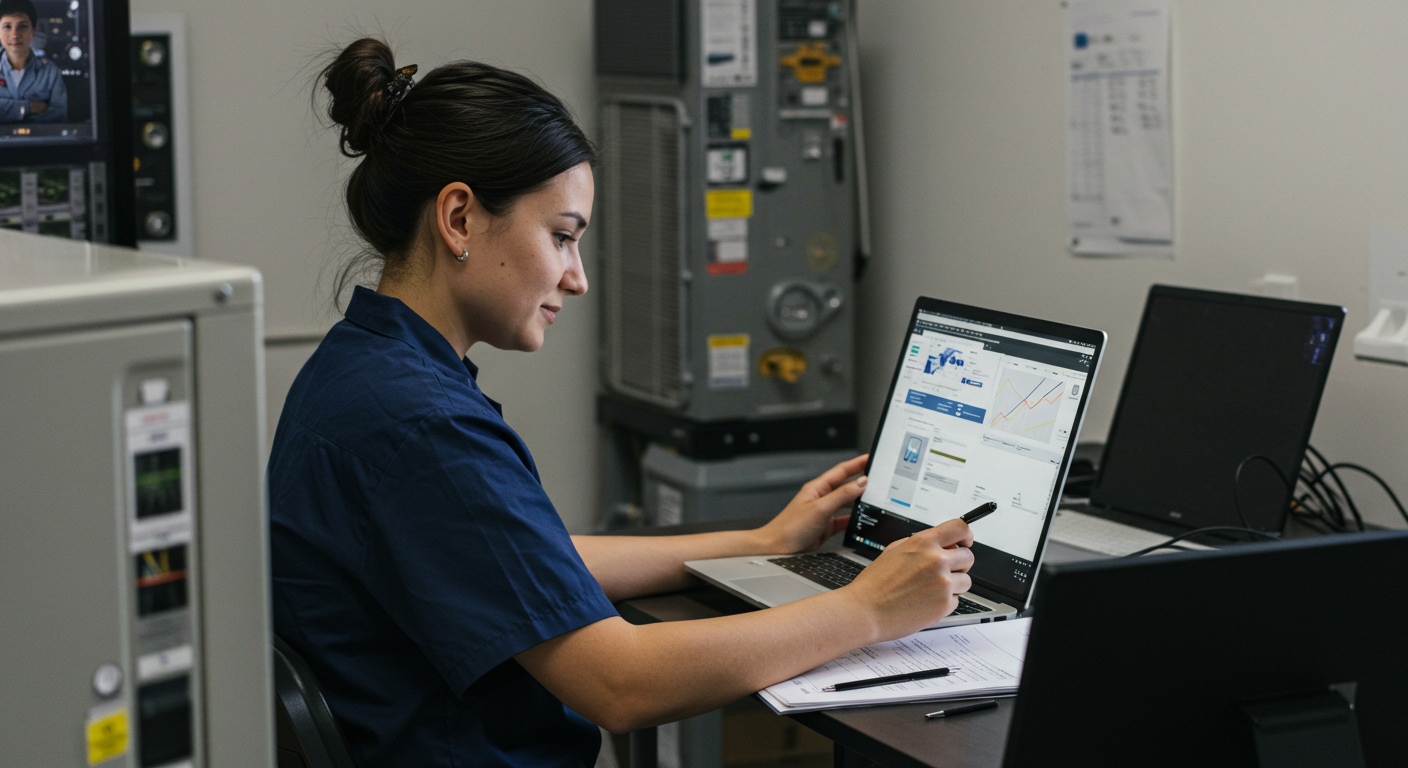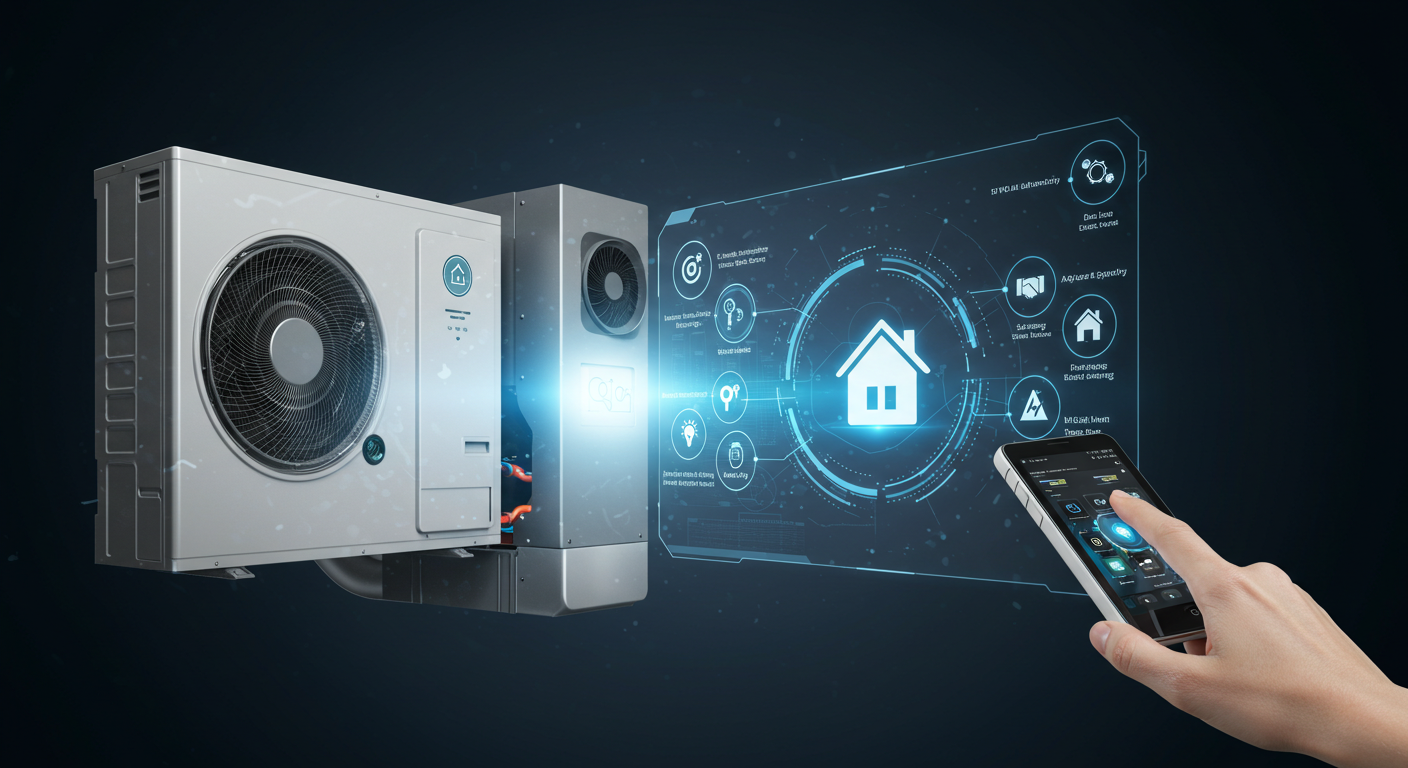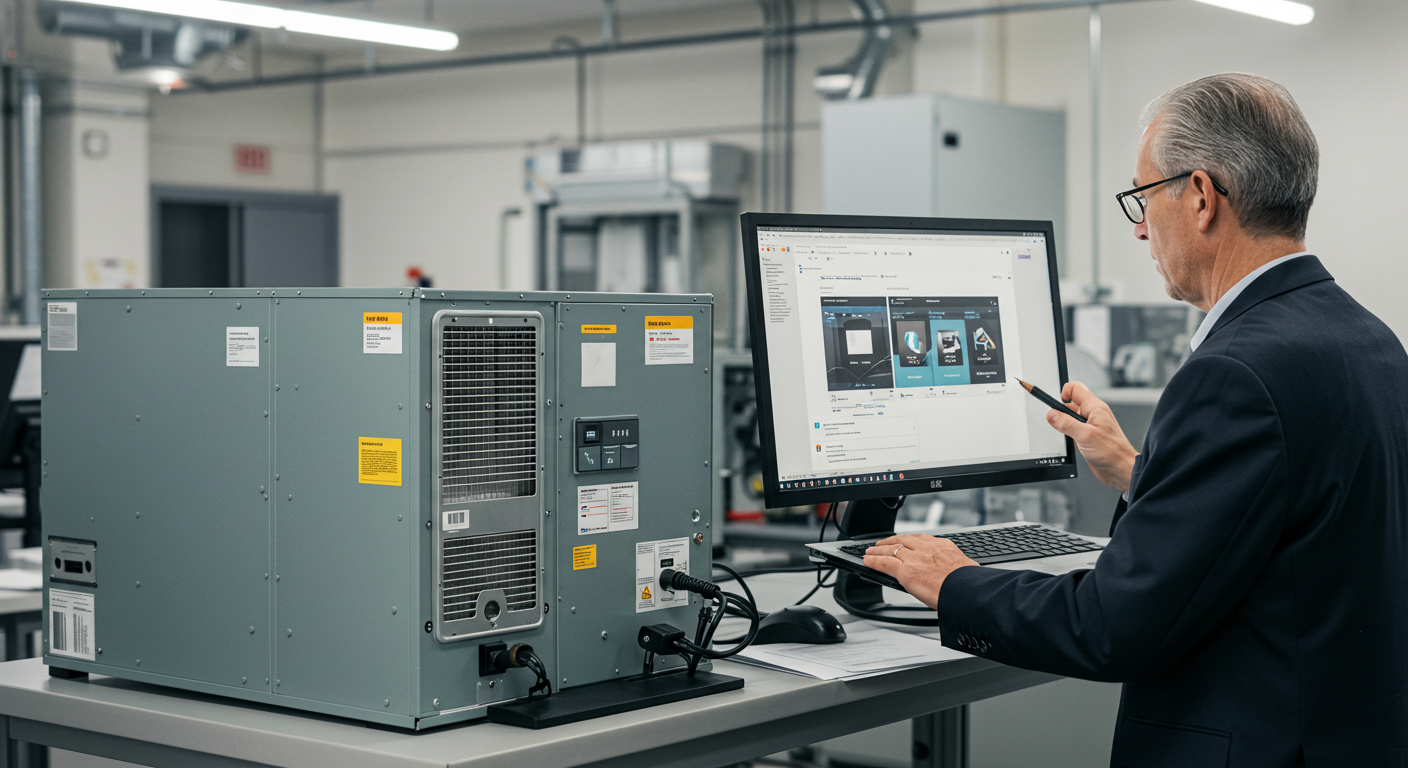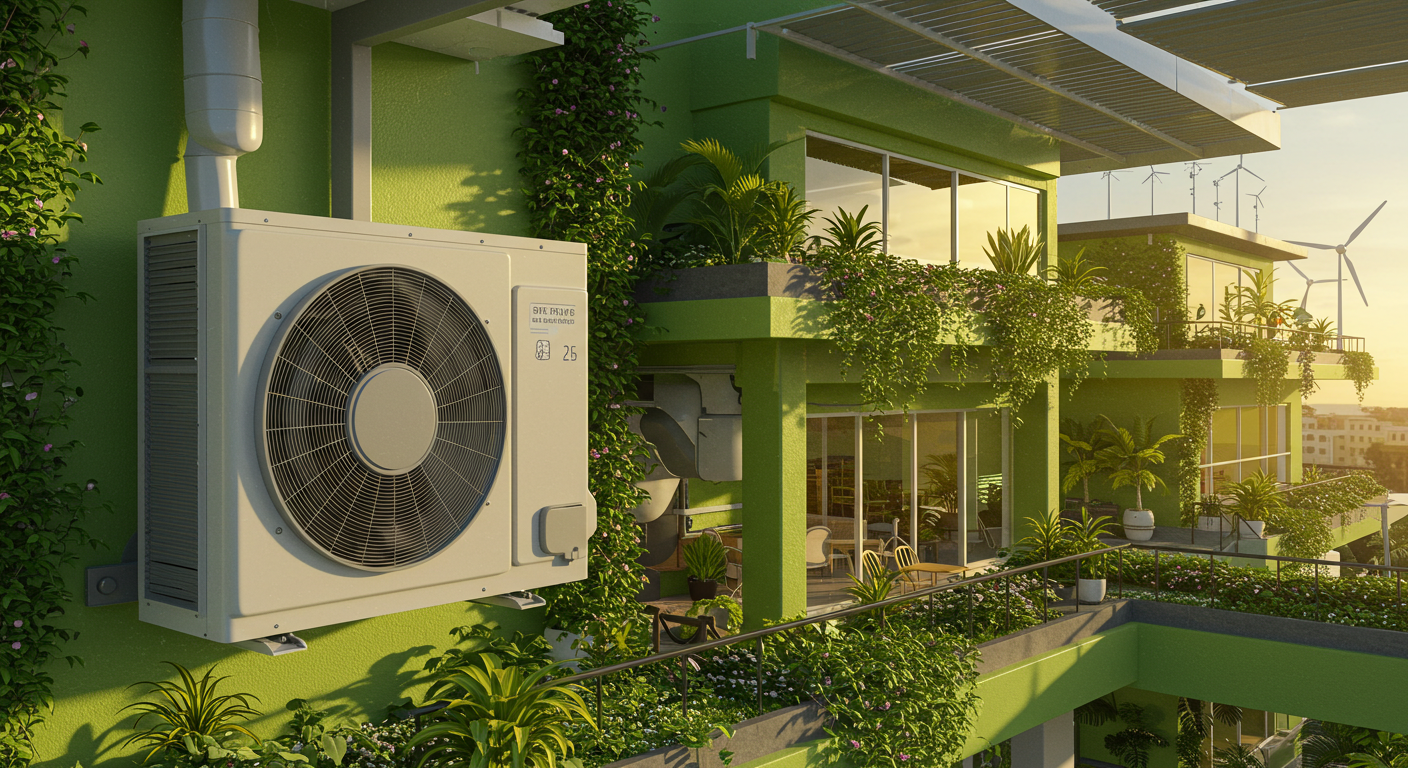The Role of Pre-Fab in Faster HVAC Installations
Are you looking for ways to speed up your HVAC installations? Prefabricated HVAC systems might be the solution you need. As we face a technician shortage and increasing demands, integrating prefab components can dramatically cut down on installation times and costs. In this post, we’ll explore how prefabrication is transforming the HVAC industry and how you can take advantage of its benefits.
Understanding Prefabricated HVAC Systems
Prefabricated HVAC systems utilize factory-built components, such as pre-assembled ductwork and packaged units, which are delivered ready for rapid on-site integration. This approach not only reduces installation timelines but also minimizes on-site labor demands. While traditional installations can take several days to weeks, prefab solutions routinely accelerate this process by 20–50%, making them an efficient choice for many projects.
Benefits of Modular HVAC Installation
The benefits of adopting modular HVAC installation methods are substantial. One of the standout advantages is the significant reduction in labor costs, which typically account for 30–50% of total installation expenses. With the industry expecting a shortage of over 225,000 technicians by 2025, streamlined approaches like prefab become even more valuable.
Enhanced Quality and Efficiency
Prefab systems also deliver improved quality control due to controlled factory assembly standards. This leads to reduced material waste and minimizes weather-related delays. Current best practices combine prefabrication with modular, high-efficiency HVAC equipment, such as the Daikin rooftop unit. These units integrate seamlessly with pre-assembled ductwork and piping, offering a turnkey solution that saves time and reduces labor costs.
Key Advantages of Prefab HVAC Systems
- Faster installation times by 20–50% compared to traditional methods.
- Reduced on-site labor and associated costs.
- Improved quality control with factory-built components.
- Minimal site disruption, especially beneficial for high-rise and healthcare projects.
- Plug-and-play installations with built-in controls.
Conclusion
Incorporating prefabricated HVAC systems into your projects can lead to significant time and cost savings. By leveraging modular components and off-site fabrication, you can achieve quicker installations with enhanced quality and efficiency. Whether you’re working on a residential or commercial project, prefab solutions are the way forward.
Ready to streamline your HVAC installations? Start exploring prefab options today!
Frequently Asked Questions
What are prefabricated HVAC systems?
Prefabricated HVAC systems are factory-built components like pre-assembled ductwork and packaged units designed for quick and easy on-site installation.
How do modular HVAC installations save time?
Modular HVAC installations use prefabricated components that reduce on-site labor and installation time by 20–50%, making the process much faster than traditional methods.
What are the benefits of prefab HVAC systems in commercial projects?
In commercial projects, prefab HVAC systems offer reduced labor costs, enhanced quality control, and minimal site disruption, making them ideal for high-rise and time-sensitive projects.
How can prefabrication address the HVAC technician shortage?
With a predicted shortage of over 225,000 technicians by 2025, prefabrication helps by reducing the need for extensive on-site labor, allowing projects to continue smoothly despite staffing challenges.
What is the role of quality control in prefabricated HVAC systems?
Quality control in prefabricated HVAC systems is enhanced through factory assembly standards, ensuring consistent, reliable, and efficient components that minimize waste and installation issues.


